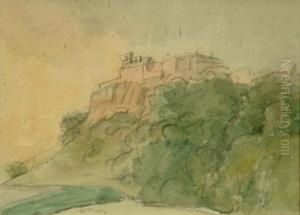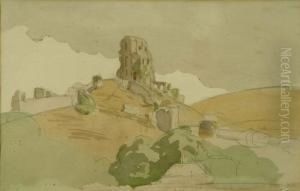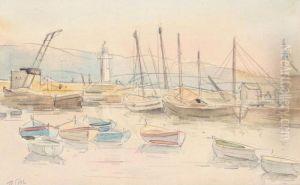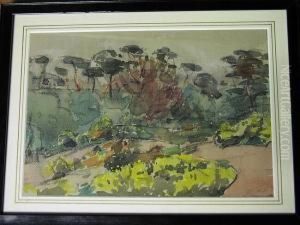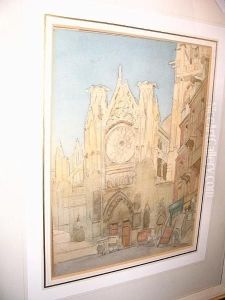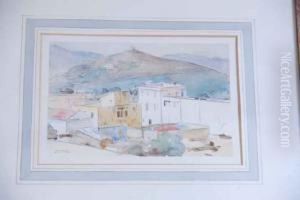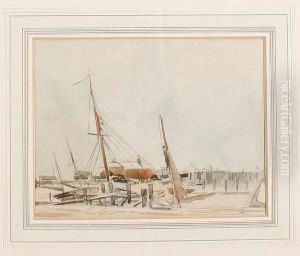Dugald Sutherland Mccoll Paintings
Dugald Sutherland MacColl (10 March 1859 – 21 December 1948) was a Scottish watercolour painter, art critic, lecturer and writer who was born in Glasgow, Scotland. He was a significant figure in the British art world at the turn of the 20th century and played a pivotal role in the promotion of modern art in Britain.
MacColl started his education in the field of classics, having attended the University of London and Oxford, before deciding to pursue a career in art. He trained as a watercolour painter and exhibited his work at the Royal Scottish Academy and the Royal Academy in London. However, he is perhaps better known for his work as a critic and advocate for contemporary art than for his painting.
Throughout his career, MacColl served as an art critic for several newspapers, including 'The Spectator' and 'The Saturday Review'. His writing was influential and helped shape public opinion on art. He was also a vocal supporter of the need for public galleries to exhibit contemporary art, influencing the policies of institutions such as the Tate Gallery.
In 1906, MacColl was appointed Keeper of the Wallace Collection in London, a position he would hold until 1924. During his tenure, he was responsible for cataloging and expanding the collection, and he was instrumental in making it more accessible to the public. He also played a significant role in founding the National Art Collections Fund in 1903, an organization dedicated to helping public institutions in the UK acquire works of art.
MacColl was not just a supporter of contemporary British artists but also had an appreciation for international movements. He was one of the early advocates for Impressionism in Britain and was influential in the acceptance of works by artists like Claude Monet and Camille Pissarro by British institutions and collectors.
Dugald Sutherland MacColl's career reflects a lifelong commitment to the arts, both as a practitioner and as a commentator. His efforts in promoting public understanding and appreciation of contemporary art, as well as his role in shaping the collections of major British art institutions, left a lasting legacy on the art world. He passed away in 1948, leaving behind a rich body of work, including writings, lectures, and a small but significant collection of watercolour paintings.
